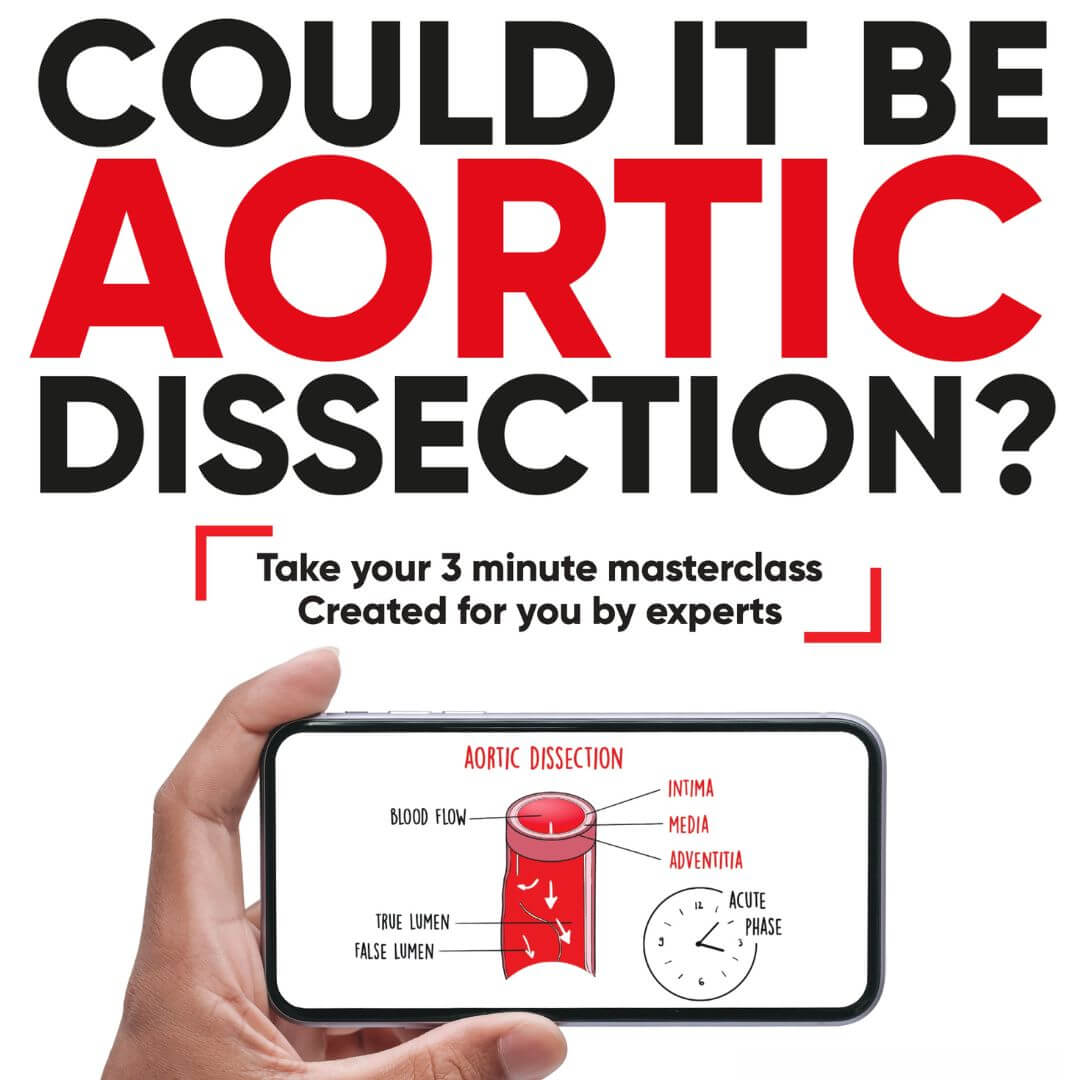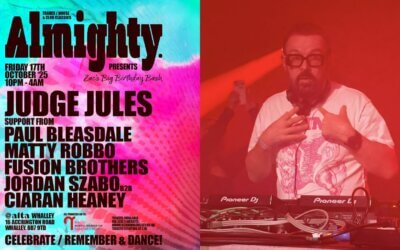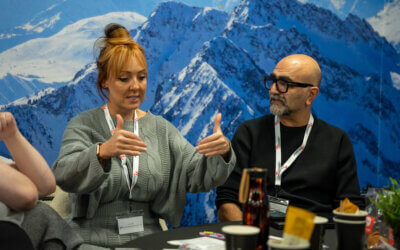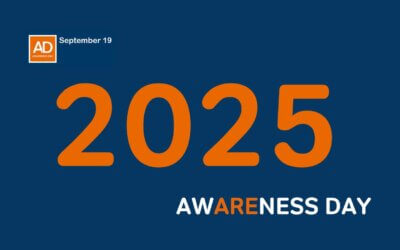The human body is a masterpiece of engineering, and the aorta – our largest artery – is a prime example. This essential blood vessel, carrying oxygen-rich blood from the heart to the rest of the body, is designed to withstand immense pressure. Yet, even this robust structure can sometimes falter. When it does, understanding and treating conditions like aortic dissection becomes a life-saving endeavour requiring skill, innovation and science.
At the core of the My Aorta, My Future initiative, a programme developed by the University of Liverpool and supported by the charity, lies a mission: to inspire students aged 13 to 16 to envision a future in biomedical science. Through events, videos, and engaging workshops, students are introduced to the critical work that goes into treating aortic conditions, and the pioneering biomedical research shaping the future of healthcare.
Innovations in Repairing the Aorta
The surgical treatment of an aortic dissection is a marvel of modern medicine. Surgeons replace the damaged section of the aorta with a synthetic material called Dacron.
Why Dacron?
Dacron, a polyester fabric used in clothing, has been adapted for use in the human body due to its exceptional strength and compatibility with the human body. It resists tearing under the heart’s powerful pressure and provides a durable structure that integrates with surrounding tissues. Over time, cells grow over the graft, allowing it to blend with the body, restoring the aorta’s ability to carry blood safely.
Biomedical engineers and material scientists play a crucial role in designing such advanced materials. Their work combines biology, chemistry, physics, and engineering to create solutions that save lives.
Behind the Scenes: Innovators at Work
The development of Dacron grafts and other medical technologies highlights the importance of interdisciplinary research. From the chemistry behind biocompatible materials to the mechanics of how they withstand pressure, every development requires curiosity, collaboration and commitment.
Students attending the My Aorta, My Future event were introduced to these concepts through hands-on activities. By examining how materials interact with the human body and understanding the design process, they gained a glimpse of the exciting possibilities within biomedical engineering.
Inspiring the Next Generation of Biomedical Pioneers
Through their involvement in this initiative, students learnt that science isn’t confined to textbooks; it’s alive in the operating room, the laboratory, and the daily lives of patients. By showcasing professionals from diverse backgrounds, the programme emphasised that the future of biomedical research belongs to everyone. Representation matters and seeing role models who reflect their own identities encourages young people to picture themselves as part of this field.
A Glimpse into a Future of Possibilities
The My Aorta, My Future event also addressed critical questions:
- What is the future of cardiovascular treatments? Biotechnology companies are developing even more advanced materials and techniques to address cardiovascular diseases, including minimally invasive surgical tools and regenerative medicine.
- How do we prevent aortic conditions? By promoting cardiovascular health, students learnt about the lifestyle choices and research efforts that contribute to preventing aortic dissection and aneurysms.
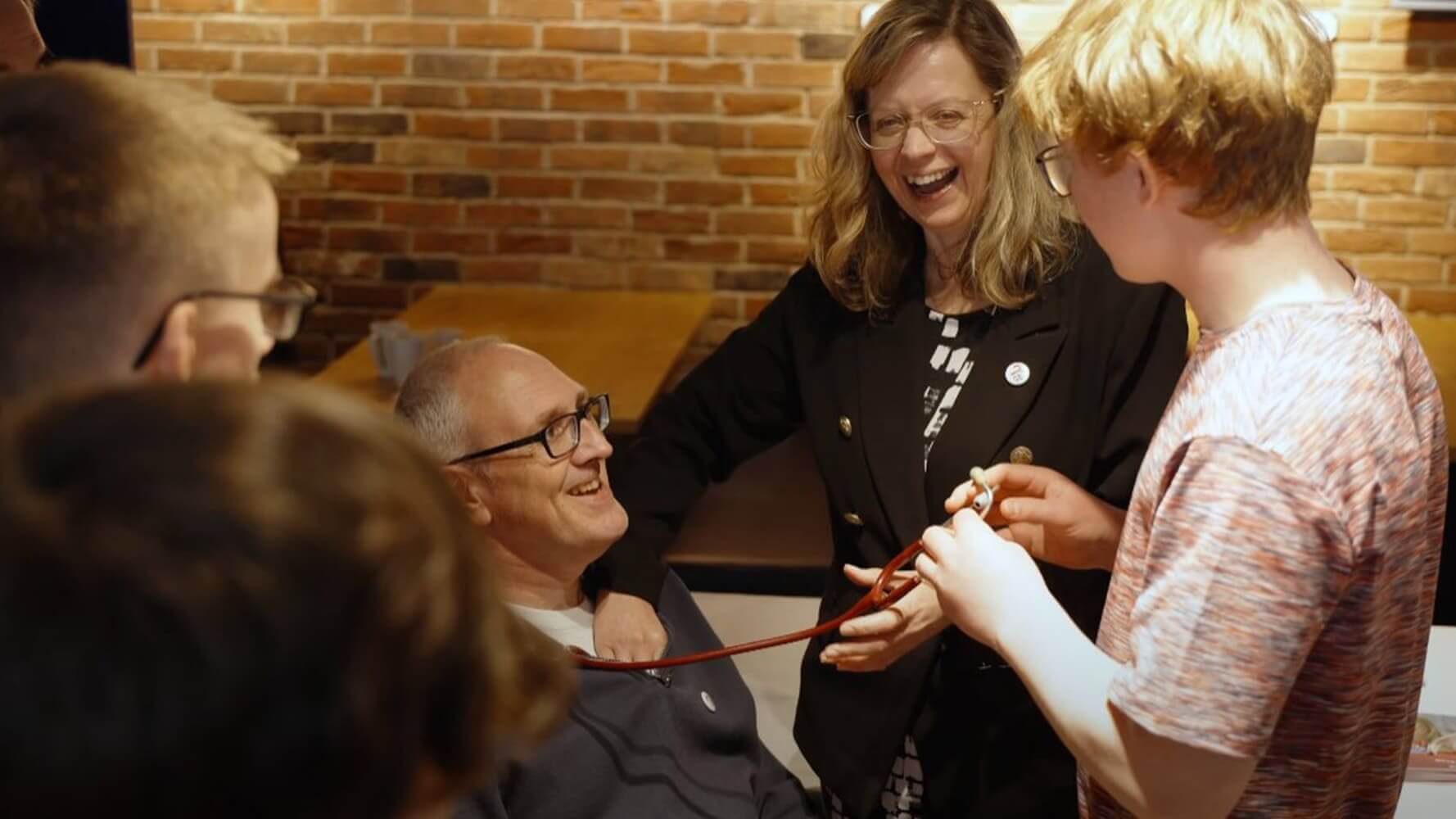
Building Bridges for Tomorrow
For students, this experience wasn’t just about learning but about connecting with a world of possibilities. Discussions with researchers and surgeons illuminated career paths they may never have considered. From engineering life-saving materials to conducting groundbreaking research, the potential to contribute is vast.
Events like My Aorta, My Future ensure that young minds are equipped with the knowledge and inspiration to ask, “What if?” In doing so, they plant the seeds of innovation, empowering students to lead the next wave of scientific discovery.
The future of biomedical science depends on fostering curiosity, diversity, and passion in the next generation. For those students who attended, the journey may just be beginning, but their potential to change the world is limitless.
If you’re inspired by the science behind treating aortic dissection or want to explore the opportunities within biomedical research, start by asking yourself: “How can I make a difference?” The answer may lead you down a path where biology meets engineering, and compassion meets innovation.

